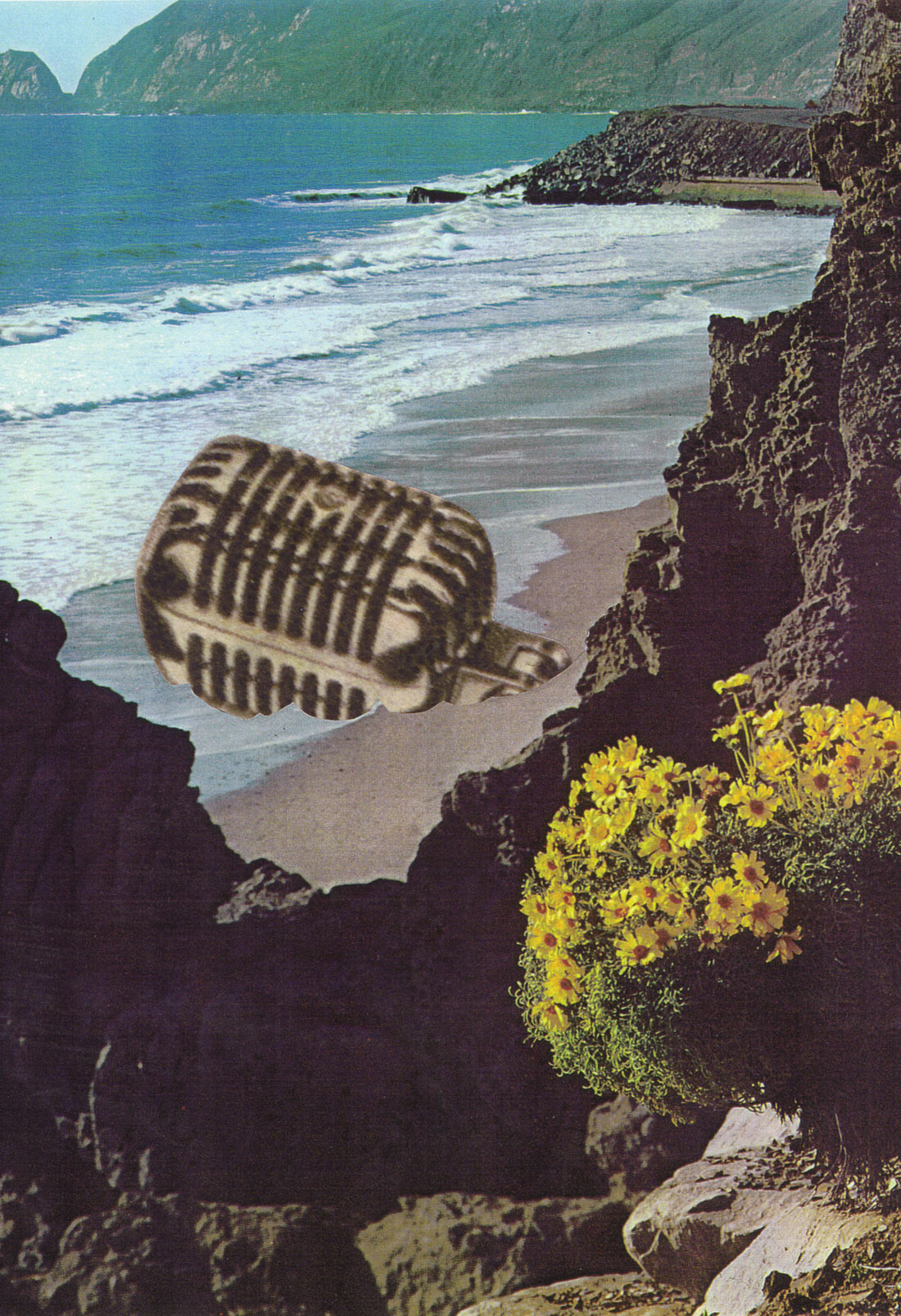While recording and mixing Boston band The Monsieurs (featuring members of Tunnel of Love, Shepherdess, and Fuzzy), I was serendipitously contacted by GAS owner George Balogi, Jr, who offered me a loaner of his A-10 four-channel attenuator. The premise of this device is simple; it's a line- level "pad" that sits between two devices, letting you run the upstream device at higher internal levels than you normally could while feeding the input of the downstream device. In other words, the A-10 can fulfill the role of a level control for devices that lack one, and in doing so, it allows you to be creative in your gain-staging.
The Monsieurs were striving for a super-distorted, blown- out sound to their songs, and so we found ourselves running analog inserts on individual tracks, as well as stems, and even the whole mix, pushing several processors to extremes outside their normal performance envelopes. But looping the signals back into the DAW required level reduction to prevent overloading the A/D converters when we didn't need or want distortion from the ADC. That's where the A-10 earned its keep by helping us to achieve the band's vision.
For example, the mix bus was sent to a Hamptone Silverbox 4 tube preamp [Tape Op #55]. The Hamptone, when operating at sane levels, is the cleanest preamp I own. When overloaded, it can still sound awesome, providing rich distortion with a bottom-end that doesn't get sucked away. But driven into overload, its output level was too hot to feed to the next device in the insert chain, a Dangerous Music BAX EQ [#79]. I strapped two of the channels of the A-10 to the outputs of the Silverbox - problem solved. The guitars lost some "bite" in the mix, so we fed a stereo guitar stem to a pair of BAE 312A preamps [#45], turned up the preamps into distortion, then followed with attenuation from the A-10 so we could patch to an SPL Stereo Vitalizer MK2-T to emphasize both the "girth" and "sizzle" of the guitars. Again, the A-10 fulfilled a critical role in the band's overbaked sound.
By the way, the A-10 isn't just a tool for achieving overt distortion. Subtle abuse of gain-staging can add just a wee bit of "excitement" to a signal in a non-obvious manner. On another project, I was able to add "punch" to already-recorded snare and tom tracks by sending them to my vintage API 312 preamps and then padding down with the A-10 before returning back into the DAW. (Of course, you can do the same thing while tracking - drive your preamp's output transformer into saturation and then attenuate with the A-10.) And for another mix, I added a subtle bit of distortion that pumped rhythmically with the music by overloading the drum bus through a dynamics-envelope processor - bus send to SPL Transient Designer [Tape Op #21] to Silverbox preamp to A-10 to bus return - and summing the result in parallel with the drum bus compressed through an API 2500 compressor [#52].
Interestingly, the A-10 can also be used to reduce saturation or character. For example, if the output of a condenser mic is too hot for a mic preamp, patch the A-10 between mic and preamp. I've done this with my Earthworks TC30K mics when they were placed fractions of an inch away from snare drum shells and kick drum heads. (Phantom power passes right through the A-10.) Note that the input impedance of the A-10 is a constant 600 ohms at all settings, significantly lower than the input impedance of most mic preamps, which is enough load to affect the frequency response of some passive mics. I used this to my advantage with the A-10 on the output of a Royer Labs R-121 ribbon [Tape Op #19] mic'ing a guitar amp. The tubby lows were pulled away, as was a slight amount of highs, resulting in a tone that worked well in the mix.
By the way, the A-10 is dead-easy to use. Each of its four channels has a single control - a rotary switch that selects from four levels of attenuation. The attenuation amount is dependent on the impedances of the gear feeding and being fed by the A-10, but stereo tracking between channels is perfect due to hand-matching of the components, as is recall ability. The circuitry is all passive resistor networks, but the 1RU-height rackmount chassis has a reassuring heft to it. Undoubtedly, the A-10 will last a lifetime. It could very well be the one device in my racks that will never require servicing - which is a good thing, because it's certainly a keeper, and I imagine I'll be using it a lot for tracking and mixing.




_disp_horizontal_bw.jpg)